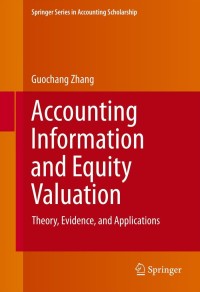Answered step by step
Verified Expert Solution
Question
1 Approved Answer
Craft Ltd . held 8 0 % of the outstanding ordinary shares of Delta Corp. as at December 3 1 , Year 1 2 .
Craft Ltd held of the outstanding ordinary shares of Delta Corp. as at December Year In order to establish a closer relationship with Nonaffiliated Corporation, a major supplier to both Craft and Delta, all three companies agreed that Nonaffiliated would take an equity position in Delta. Accordingly, for a cash payment of $ per share, Delta issued additional ordinary shares to Nonaffiliated on December Year This was the last transaction that occurred on this date. Statements of financial position for the two companies just prior to this transaction were as follows:
CRAFT LTD
STATEMENT OF FINANCIAL POSITION
At December Year
Buildings and equipment net
$
Investment in Delta
Inventory
Accounts receivable
Cash
$
Ordinary shares
$
Retained earnings
Mortgage payable
Accounts payable
$
DELTA CORP.
STATEMENT OF FINANCIAL POSITION
At December Year
Buildings and equipment net
$
Inventory
Accounts receivable
Cash
$
Ordinary shares Note
$
Retained earnings
Accrued liabilities
Accounts payable
$
Page
Note : ordinary shares are outstanding on December Year
Additional Information
Craft has used the equity method of accounting for its investment in Delta since it acquired its interest in Delta in Year At that time, the acquisition differential was entirely allocated to inventory and patent, which still exists but is not recorded on Deltas separateentity books.
There were no unrealized intercompany asset profits as at December Year
Required
Prepare a consolidated statement of financial position as at December Year show calculations for all items on the balance sheet
If Craft had used the identifiable net assets method rather than the fair value enterprise method, how would this affect the return on equity ratio for Year
Step by Step Solution
There are 3 Steps involved in it
Step: 1

Get Instant Access to Expert-Tailored Solutions
See step-by-step solutions with expert insights and AI powered tools for academic success
Step: 2

Step: 3

Ace Your Homework with AI
Get the answers you need in no time with our AI-driven, step-by-step assistance
Get Started


